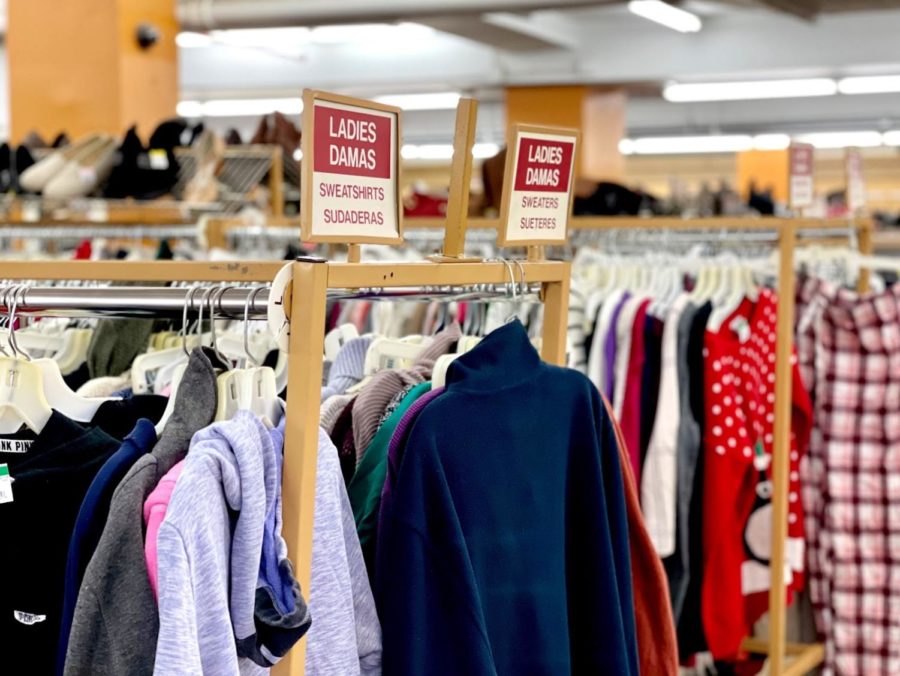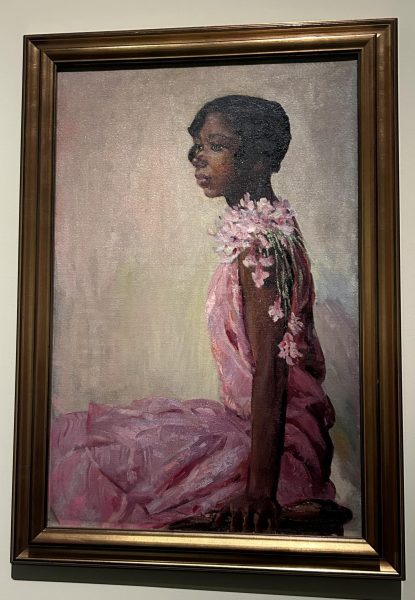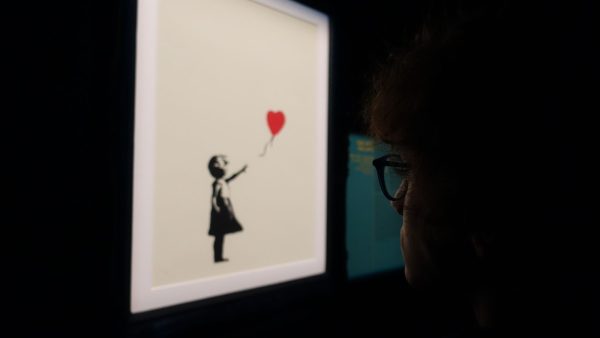Thrifting’s Transformation: From Tacky to Trendy to Gentrified
Is one man’s trash really trash, when it costs more than treasure?
With the pressure to stay ‘trendy’ at its height, thrifting has taken on a new fervor never seen before.
From fashion to furniture, from books to boots, thrifting has overtaken our lives. And for good reason too. As Saara Ahmed ’25, a frequent thrifter explains, “It’s cheaper, there are many special finds that you can’t get at regular stores, and it feels nice to do something good for the environment.”
But thrifting has undergone a huge transformation in recent years, with many peoples’ opinions making a complete 360° turn. Kamya Parikh ’24, an avid thrifter for about three years now, recalls that when she first began thrifting, many people looked down upon it. However, nowadays she finds that “thrifting has become a global trend and because of that, more people have started to do it. That has made me more confident in thrifting because people don’t frown upon it anymore.”
However, with the spike thrifting has had in recent years, some serious negatives have also surfaced. A November 2019 report from The Berkeley Economic Review found that the rising popularity of thrifting among wealthy consumers as an alternative reduces the already limited options available to low-income communities when it comes to clothing.
And this affects more than just people’s particular style. Emma Chi ’23 commented, “I think location is important because thrifting in an area that has people struggling with money takes away clothes that they need.” Although appearances are only superficial, others’ perceptions often play a key factor in many aspects of our lives such as job interviews or professional settings, in which the phrase ‘dress to impress’ becomes even more prevalent. Since there are fewer quality items left on the thrift store shelves for those who truly have no other affordable options, say, for buying professional attire that could mean the difference between impressing or crashing at a job interview.
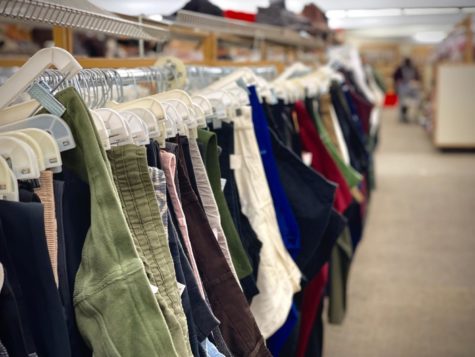
Controversy concerning the ethics of thrifting has also surfaced. Many people have created an entire industry out of reselling previously owned clothes which has greatly contributed to thrifting’s gentrification.
As an article by Vox remarked earlier this year, resellers frequently mark up items found at their local Goodwill to turn a profit. Thrift shop YouTubers who frequently buy more than they could reasonably wear raise the prices of thrifted goods by purchasing items they don’t personally need.
And thrifting’s introduction to our online world too, via platforms such as Depop, Poshmark, and ThredUP has caused a rise in great popularity. Although these websites might have been created with the intent of making thrifted clothing more accessible to those in need, these websites have only contributed to the gentrification of thrifting.
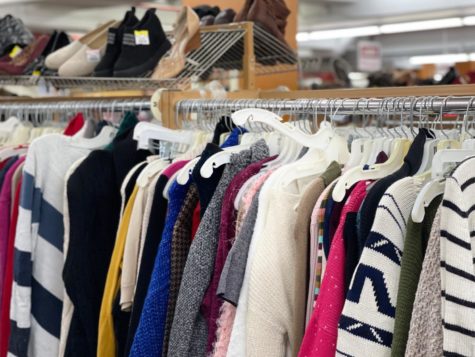
Many users often buy huge amounts of thrifted clothing just to make a profit off of these sites. Users have created entire profiles and businesses out of reselling thrifted clothing for twice or even three times their original cost, contributing to our world of fast fashion.
When this happens, the very purpose of thrifting, which is to reuse previously worn items to stop the spread of fast fashion, is defeated.
Many mass-market stores purposely design their clothing to look thrifted, despite being brand new. The term “thrifted” isn’t just used to describe a second-hand item of clothing anymore, but rather any item of clothing that uses ‘retro’ or ‘vintage’ elements. Retail stores H&M and Zara have jumped on marketing clothing as ‘thrifted’ to market to the younger generations. And fast fashion sites like Shein allow customers to filter through clothing with descriptions such as Y2K, ‘thrifted’ or ’80s and ’90s style.
In the end, it is important to acknowledge that even though the benefits of thrifting are vast, the gentrification of it can do more harm than good. Those of low-income backgrounds should be prioritized. If individuals can afford to buy sustainable clothing at higher-end places, those options should be chosen over thrift stores that cater specifically to low-income families. The reselling of thrifted clothes has turned into a commercialized, capitalist, business rather than a way to give new life to old clothes, juxtaposing its original intent.
With the pressure to stay ‘trendy’ at its height, thrifting has taken on a new fervor never seen before.
Pritika Patel is an Editor-in-Chief for ‘The Science Survey.’ She believes that journalism serves as the vital connection between people and the world...

